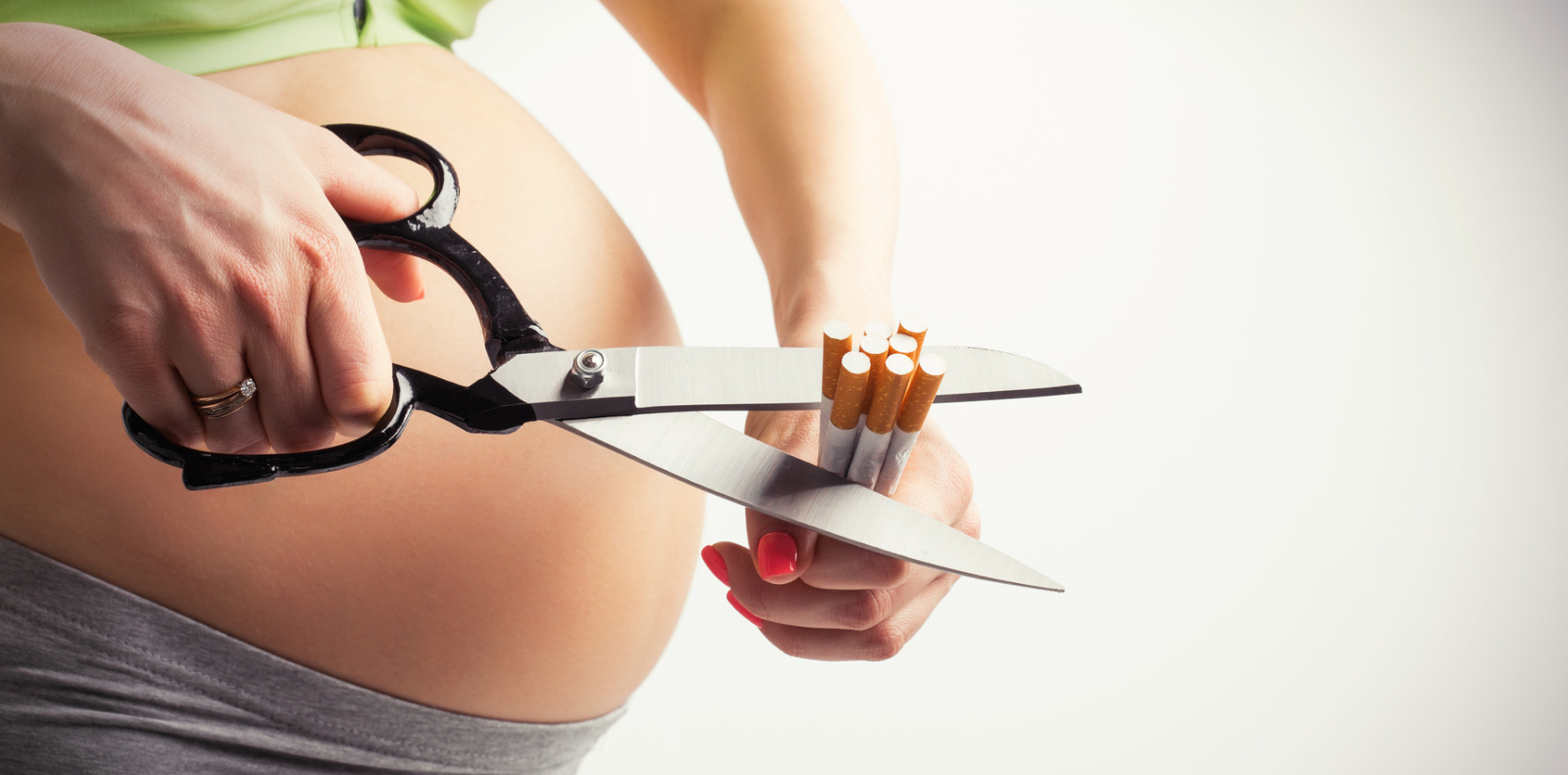The latest AIHW numbers show campaigns to educate women about the dangers have some work to do.
The number of women who continue smoking throughout pregnancy remains a concern, with three in four who reported smoking during their pregnancy doing so beyond 20 weeks’ gestation.
The worrying statistic comes from the latest national core maternity indicators report from the Australian Institute of Health and Welfare.
Primary Care Tasmania and Western Queensland PHN appear to have the biggest job of patient education to do, with 91% smoking beyond 20 weeks, well above the national average of 72%. Capital Health Network, the ACT’s PHN, came in at 85%, and Country SA and Country WA at 84% and 83% respectively. Darling Downs and West Moreton PHN (82%), Western NSW PHN (82%) and Perth North (81%) rounded out the most concerning list.
Women in metropolitan Sydney and Melbourne seem to have absorbed the don’t-smoke-in-pregnancy message, with just 32% of those in the North Sydney PHN reporting smoking beyond 20 weeks’ gestation in 2021.
South Eastern Melbourne (48%), Eastern Melbourne (51%), North Western Melbourne (55%) and Central and Eastern Sydney (58%) also performed well in this category.
Other big-ticket statistics highlighted by the AIHW report include that one-third of first-time mothers delivering their babies in 2021 did so by caesarean section and 44% of first-time mothers’ labour was induced.
There was a significant difference in the effect of instrument use on episiotomy rates. Nearly one quarter of women (23%) having their first baby vaginally without the use of instruments had an episiotomy, while 81% of the same cohort who gave birth vaginally with instruments in use had to have the procedure.
In 2021, 4.5% of first-time mothers giving birth vaginally had a third or fourth-degree tear, almost double the percentage of all mothers delivering vaginally (2.7%).
In 2021, a national average of 1.3% of liveborn babies born at or after term had an Apgar score of less than 7 at 5 minutes post birth.
“That number has increased slightly from 0.9% in 2004 to 1.3% in 2021, but has remained relatively stable since 2013; was highest in babies born to mothers aged younger than 20 (2.3% in 2021) compared with other age groups; and, was higher for babies born in public hospitals (1.5%) than in private hospitals (0.8%) in 2021,” said the AIHW.
Again, Tasmania topped the bad news list with an average of 2.5%, while WA, South Australia and Victoria were the best at 1.2%.


